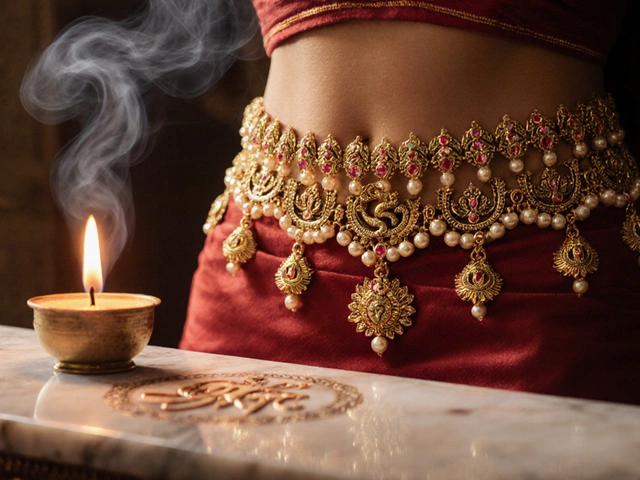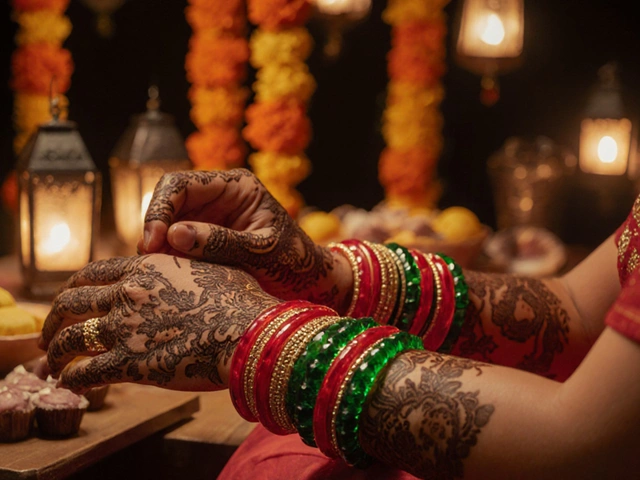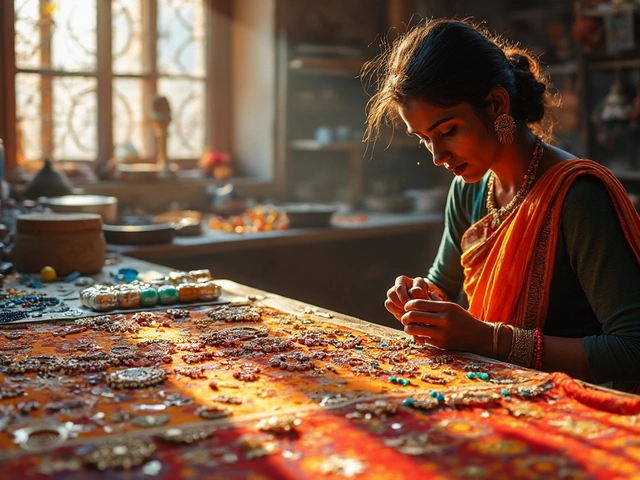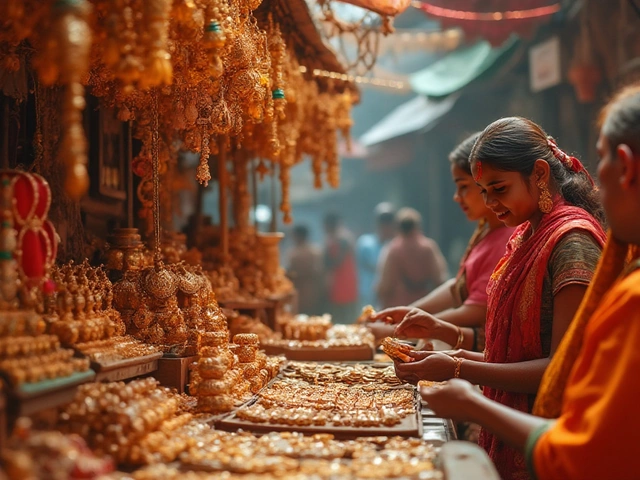Traditional Crafts – A Deep Dive into India’s Handcrafted Heritage
When you think about Traditional crafts hand‑made creations that carry the stories, techniques, and materials of a region, you’re actually stepping into a world where Indian jewelry ornamental pieces crafted from gold, silver, and gemstones meets cultural heritage the collective memory and customs passed down through generations. These elements intertwine with regional art forms distinct styles like Kutch embroidery or Rajasthani block printing to give each piece its unique voice. Traditional crafts encompass a wide range of materials—metal, wood, fabric, stone—each chosen for local availability and symbolic meaning.
Why Traditional Crafts Matter Today
Traditional crafts require skilled artisans who have inherited techniques through apprenticeships, family workshops, or community guilds. This reliance on human expertise means the craft itself is a living archive of knowledge; a single bracelet can reveal centuries of trade routes, religious rites, and climate adaptations. Cultural heritage influences traditional crafts by dictating motifs (like the peacock in Gujarat or the lotus in Bengal) and prescribing occasions for wear—weddings, festivals, or rites of passage. When you wear a handcrafted waist chain, you’re not just accessorizing; you’re participating in a narrative that links you to past generations.
Modern shoppers often look for authenticity, and handcrafted accessories answer that need. Handcrafted accessories combine the tactile appeal of raw materials with contemporary design twists, making them suitable for everyday wear or special events. The rise of online platforms has broadened access, yet the core value remains the same: each item is a tangible expression of regional identity. Because each piece is made by hand, no two items are identical—tiny variations become a badge of pride for the maker and the owner.
Traditional crafts also drive local economies. Small villages depend on the sale of handcrafted jewelry, embroidered textiles, or carved woodwork to sustain livelihoods. When tourists buy a Kundan necklace or a block‑printed scarf, they’re supporting a supply chain that often starts with a single artisan’s loom and ends at a global marketplace. This economic loop reinforces cultural preservation: the more demand there is for genuine handcrafted work, the stronger the incentive for younger generations to learn the skill.
All of these threads—skill, story, style, and sustainability—come together in the collection of articles below. You’ll find practical guides on dressing for India’s diverse climates, deep dives into the meaning of specific jewelry pieces like kamarbands and choora, and tips for spotting authentic gemstones. Whether you’re a traveler, a collector, or just curious about the craft behind your favorite accessory, the posts ahead give you actionable insights and rich context to appreciate every stitch, bead, and metalwork you encounter.
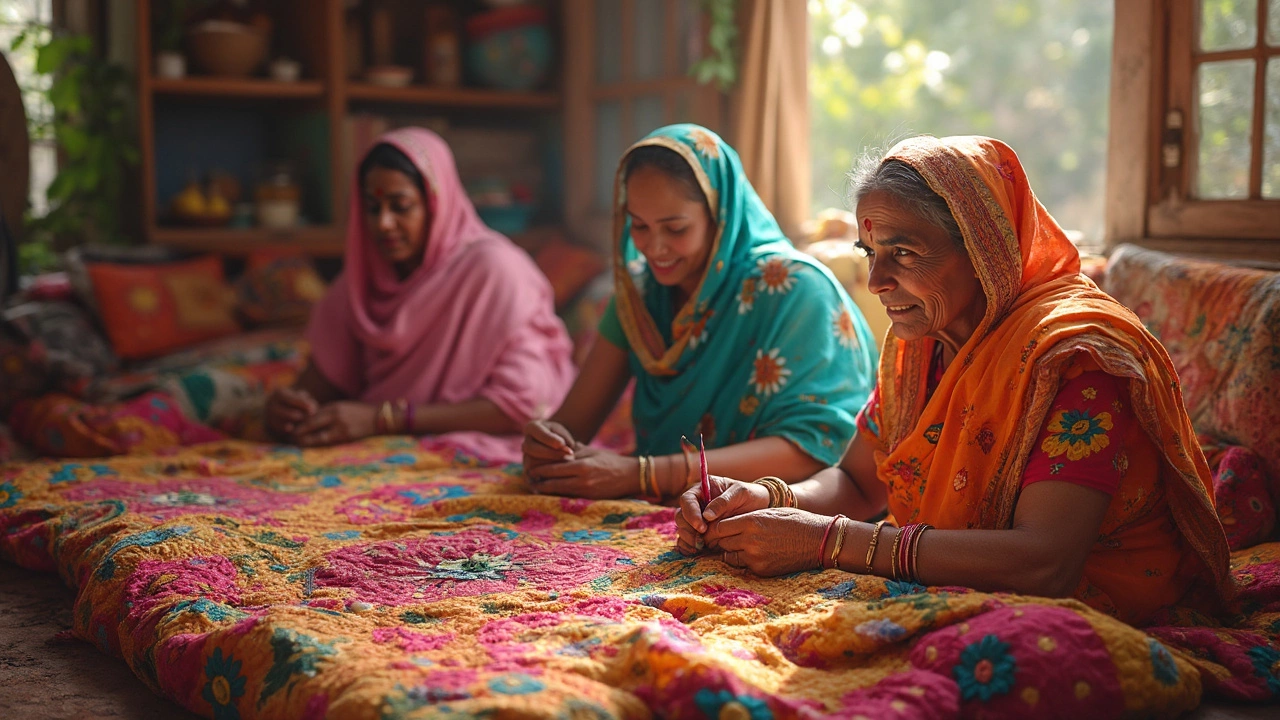
What Fabric Is Kantha? A Deep Dive into This Timeless Indian Textile
Kantha isn’t just a fabric—it’s a living tradition that blends upcycling, hand embroidery, and cultural heritage. Discover what makes kantha unique, from its humble cotton roots to its place alongside temple jewellery in Indian fashion. You’ll learn how kantha is made, what kinds of fabrics are used, and why this craft matters both historically and today. There are plenty of pointers on how to spot authentic kantha and how to care for it. Dive in if you want the real story behind those colorful, stitched masterpieces.
read more

